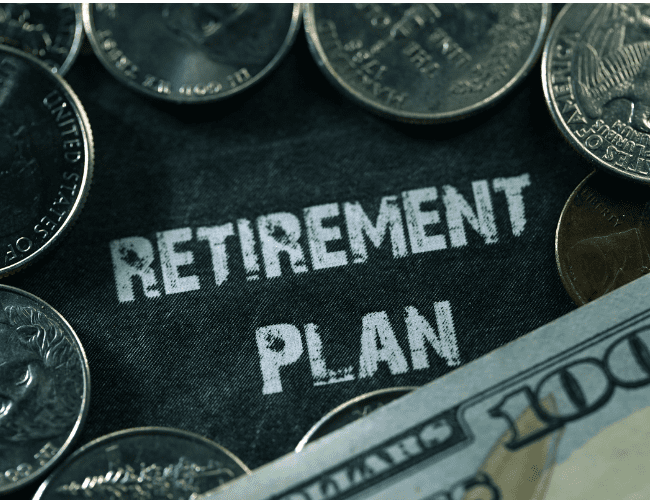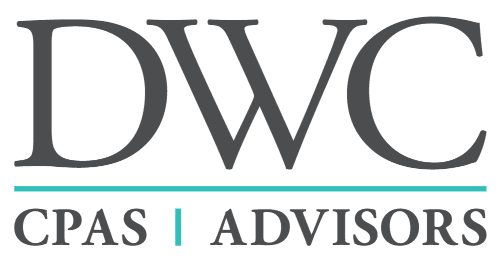
For decades, employers generally could deduct plan contributions made by the extended due date of their federal tax return to fund such a plan for the prior year, so long as they adopted the plan before the end of that prior year. But the Setting Every Community Up for Retirement Enhancement (SECURE) Act of 2019 allows more time for adopting the plan. New Internal Revenue Code Section 401(b)(2) allows employers (including “owner-only” businesses) to adopt the plan within the same time period for making deductible contributions, retroactively effective to the prior tax year. Thus, employers now can adopt and contribute to a tax-qualified retirement plan for last year, all by the extended due date of its federal income tax return for last year in order to deduct the funding on the extended income tax return. The deadline for filing federal income tax returns for calendar year S corporations and partnerships is March 15 (or September 15 if extended) and for C corporations and sole proprietors it’s April 15 (or October 15, if extended).
This change in the law reverses the IRS’s position (going back to the 1970s) that employers had to adopt the plan before the end of the tax year, even though they had until the extended due date of their tax return for that year to fund contributions that they wanted to deduct on the extended return. In the “old days,” employers either rushed to adopt retirement plans by year end or, at tax time, grudgingly realized that they had missed an opportunity by not adopting the plan by year end.
Since 2020 was such a tumultuous year, some employers who planned to adopt a retirement plan might still be operating under the old rules and may have missed this big favorable change in the rules. Moreover, when looking back at their 2020 tax year, some employers may find that 2020 was an unexpectedly good year financially, due to generous federal and state stimulus and other relief. For example, many employers benefited from the CARES Act–including the Paycheck Protection Program (PPP), the employee retention credit (ERC), and delayed payroll tax deposits — as well as from the Families First Coronavirus Relief Act (FFCRA) paid sick and child care leave, the Small Business Administration (SBA)’s expanded Economic Injury Disaster Loan (EIDL) program, the Federal Reserve’s Main Street Lending Facility, the Restaurant Relief Fund, the Shuttered Venues program, etc. Some of that relief is still retroactively available for 2020 for employers who are eligible to claim it in 2021.
The SECURE Act change in the law applies to all tax years starting on or after January 1, 2020, so it is a strategic tax planning technique that is not linked to COVID disaster relief and remains available for future years’ tax planning.
Insights
Form 5500. Employers need to keep in mind that the retroactive adoption of a qualified retirement plan generally creates an annual Form 5500 filing requirement for a plan year that has already closed. Since the adoption of the plan can now occur after the original due date of the Form 5500, employers who intend to retroactively adopt a new plan may want to consider filing for an automatic 2 1/2 month extension on Form 5558, especially if the sponsor has a fiscal tax year. The regular due date for filing Form 5500 is the last day of the seventh month after the end of the plan year (i.e., July 31 for a calendar year plan).
Alternatively, an automatic 2½ month extension applies if the employer files the Form 5500 by the extended due date of the employer’s federal income tax return (but only if the plan year and corporate tax year are the same and the employer obtained an extension of its corporate income tax filing). For example, a calendar year C corporation that extended its federal 2020 Form 1120 to October 15, 2021, could adopt a new profit sharing or pension plan retroactive to any date in 2020, so long as the plan year ended on December 31, 2020, and both the Form 1120 and Form 5500 would be due on October 15, 2020, along with the contribution to the plan, which would be claimed as a deduction on the 2020 Form 1120.
Audit Reports; Short Plan Year. Keep in mind that new plans that have 100 or more participants as of the first day of the plan year generally must include an independent qualified auditor’s report with Form 5500. Such audit reports often take months to prepare, even for new plans. But a special rule allows the initial audit report to be deferred to the next year, if the plan had a short plan year of seven months or less. Therefore, employers who would otherwise need an audit report may want to consider retroactively adopting the new retirement plan with a short initial plan year of seven months or less (for example, the plan’s effective day could be July 1, 2020 instead of January 1, 2020).
Funding Limits. The regular IRC Section 404 and 430 funding limits still apply to retroactively adopted plans. For example, the maximum deduction for a 2020 profit sharing plan is generally $57,000 per participant. And calendar year defined benefit plans must complete the funding of the prior year’s contribution by Sept. 15 (i.e., 8½ months after the end of the plan year, to avoid an excise tax under IRC Section 4971 for failing to satisfy the minimum funding rules), even though the extended due date of the federal income tax return is not until Oct. 15. Also, the plan must have an Employer Identification Number (EIN) for its trust and related bank account, which must be created in time to receive the contribution by the applicable deadline.
Signed Plan Documents. Employers should keep in mind that the IRS has instructed its field agents to insist on obtaining manual signatures on plan documents. Unsigned (and undated) documents are likely to raise concern over whether the plan was timely “adopted.”
Tax Credits. As an added bonus, small employers may also be eligible to recoup the expenses related to creating the new workplace retirement plan, through “start-up” tax credits for up to three years.
SIMPLE Plans. Adopting a new plan retroactively would void an existing SIMPLE plan at any time during the prior year (i.e., during 2020), because an employer who has a SIMPLE plan is not allowed to have any other plan.
The ability to adopt a broad-based, tax-qualified, workplace retirement plan after the close of the tax year and still get a deduction for last year based on contributions made to that plan by the extended due date of the employer’s federal income tax return presents a new planning opportunity for 2020 (and beyond) that may generate immediate tax savings. This new tool can be helpful to employers who may not have been able to focus on year-end tax planning and are surprised by their tax bill.
In sum, employers who filed an extension for their 2020 tax return may want to consider if retroactively adopting a tax qualified retirement plan may help offset their 2020 tax liability. Employers who did not file an extension of their 2020 federal income tax return may not be able to retroactively adopt a plan for the prior year, but they could keep this planning technique in mind for future years. As with all tax planning strategies, employers should consider the impact of changing tax rates on the value of tax deductions for retirement plan contributions in the prior, current or future years.


